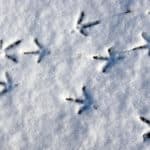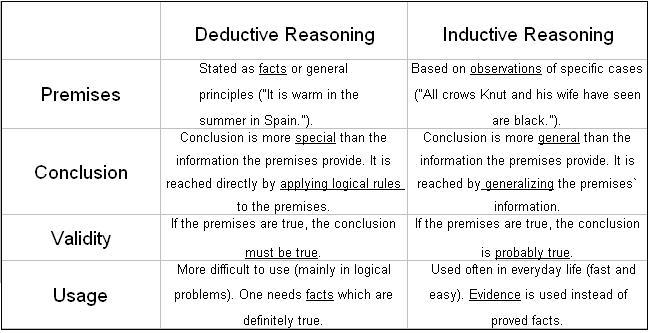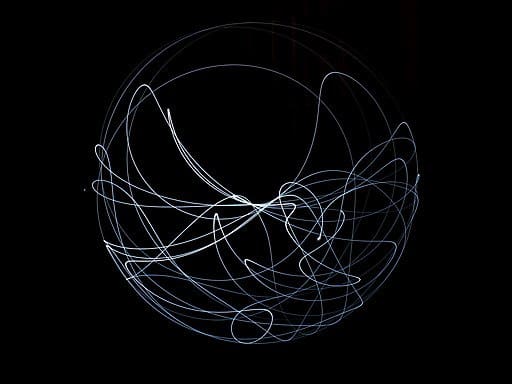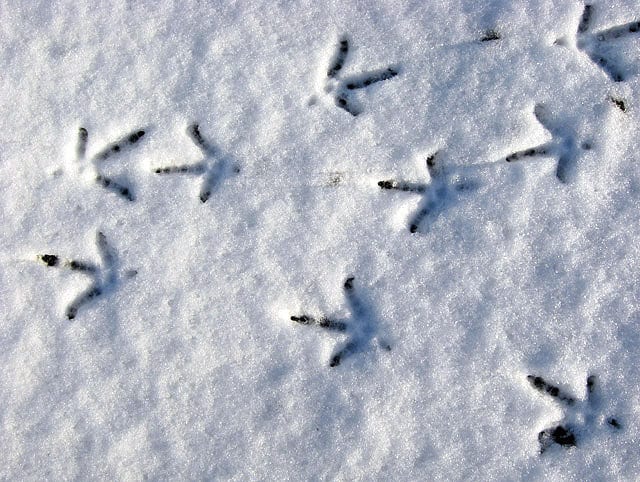
Do you remember learning to read? Perhaps letters on book pages looked like Woodstock’s, Snoopy’s friend, footprints.
Induction
Then you discover squiggles on page are letters, words, and meaningful.
Fact: Your mother speaks aloud a story while holding a book turning pages with a halt in the story until the page turn is completed. Or perhaps it was a Sunday cartoon. At your request, she points to squiggles and moves her finger as she reads.
Induction: with time and repeated experience, you come to recognize some squiggles as single letter words and eventually you learn multi-letter words
… but you mistake ‘b’ and ‘d’ until you finally notice the different orientation of features
Deduction
You are taught that certain shapes on page are letters, words, and meaningful.
Fact: The teacher writes the word ‘cat’ on the board. She writes it small. She writes it big. She describes its sound. She draws a picture of a cat. Then she writes one at a time, the letters ‘c’, ‘a’, and ‘t’. She writes them small. She writes then big. She describes each sound, alone and as part of the word ‘cat’. Over the course of many days, the teacher goes through the entire alphabet, carefully sounding each letter, showing its shape, and contrasting those that have similar shapes.
Deduction: Your teacher tells you that every word is made of the letters in the alphabet. Every combination of little shapes is a word
… but it confuses you when advertisements use combinations of pictures and letters. And you can’t get past your confusion when your mother returns with foreign money and says those odd markings on the folding money are words too. That can’t be. Your teacher said that all words were made up of our letters of the alphabet–and those foreign squiggles aren’t in our alphabet. You are barely mollified when your teacher confirms your mother’s statement.

Comparing Induction and Deduction
Induction is discovery. For instance, showing examples until the student grasps the essentials. Deduction is instruction of organized information.
Induction is slow, individualistic, and creative while deduction is fast, conventional, and pre-organized.
Consider the difference between teaching writing and geometry.
Great writing has creative as well as craft features. The craft ones can be taught as rules, but with creativity any such rule may be broken. The only way to learn what is great writing is to read deeply in writing that experts deem as great and discover what those ineffable characteristics of great writing are–to you.
Geometry has a multitude of consequences which are more easily learned as deductive consequences of rules on axioms than can be discovered by patient efforts by any, except a Pascal or similar genius.
When there is a great mass of information to be learned, using axioms and rules speed the student’s progress. Because no one has unlimited time, trade-offs in the learning regime must be considered.
We want typical students to know large amounts of information, but not be lacking in creativity.

We don’t need to worry that deductive methods will continue to be primary tools in many academic subjects, but we need to ensure that discovery, creativity, and inductive learning continues a significant role in K-12. That means creative writing, arts, and music must be maintained despite their inherent, non-objective nature.
Image Sources
Tracks in the Snow. WikiCommons. Walter Baxter / Pheasant tracks – geograph.org.uk – 1058324.jpg
Chart: Maltewoest at English Wikibooks [GFDL (http://www.gnu.org/copyleft/fdl.html), CC-BY-SA-3.0 (http://creativecommons.org/licenses/by-sa/3.0/) or CC BY-SA 2.5 (https://creativecommons.org/licenses/by-sa/2.5)], from Wikimedia Commons
Image:By Cristian V. [CC BY-SA 4.0 (https://creativecommons.org/licenses/by-sa/4.0)], from Wikimedia Commons
